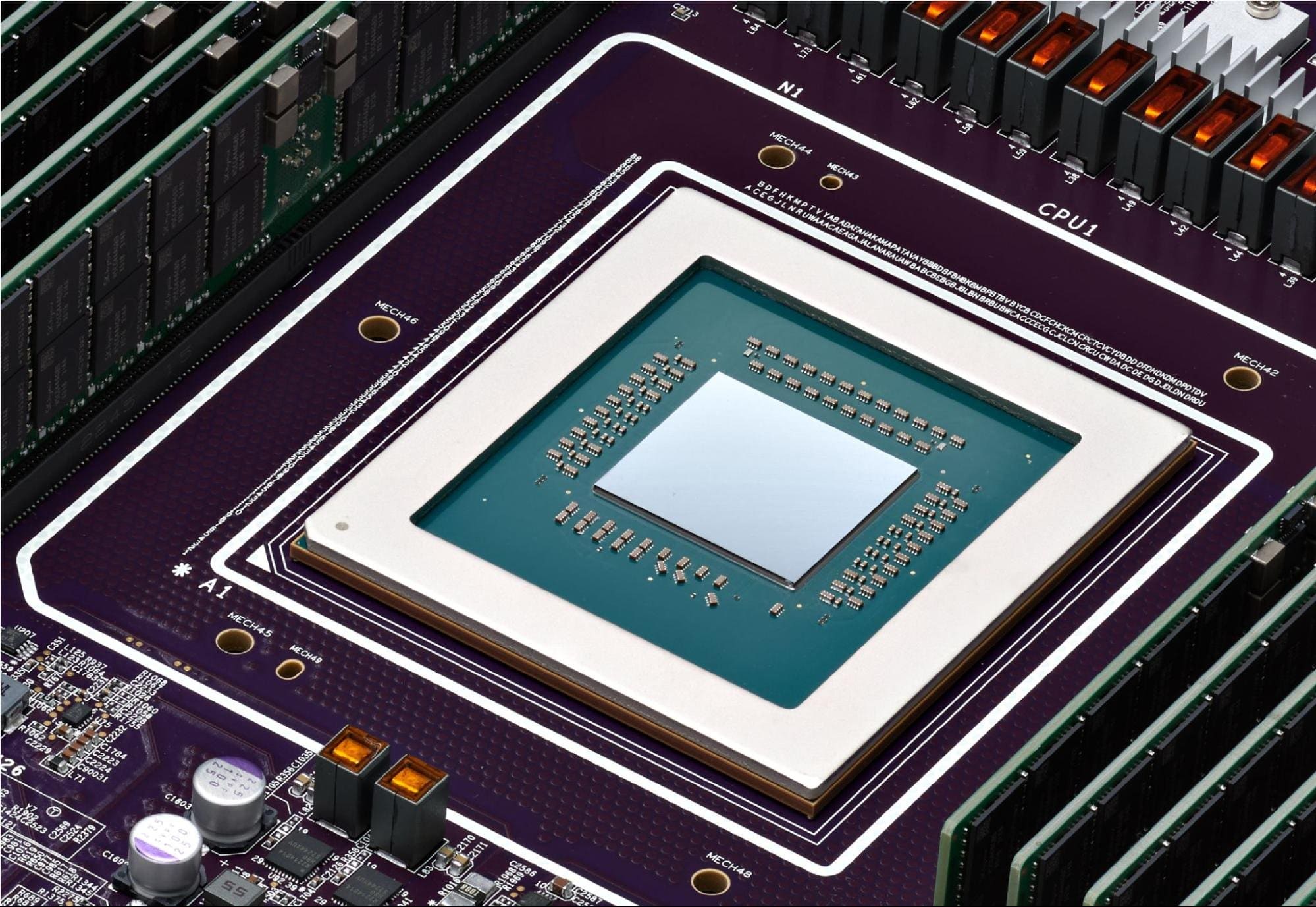In a strategic move to solidify its position in the race for artificial intelligence, Google, under the umbrella of Alphabet, has announced the development of Axion, its new chip aimed at revolutionizing the handling of advertising on YouTube, big data analysis, and more. This effort represents a significant step for Google in its goal to reduce dependence on external semiconductor providers, while addressing the increasing cost of artificial intelligence.
Axion, a chip commonly used in large data centers, marks the continuation of over a decade of efforts by Google to develop new computing resources, starting with specialized chips for AI jobs. Since the launch of ChatGPT in late 2022, which sparked an AI arms race jeopardizing Google’s dominant position as the gateway to the internet, the company has intensified its chip development strategy.
Google introduced Axion as its first ARM-based CPU for data centers, emphasizing its crucial role in the AI competition. The Google Axion Processors, designed for data centers, promise industry-leading performance and energy efficiency, becoming available to Google Cloud customers later this year.
Since 2015, Google has released five generations of Tensor Processing Units (TPU) and, in 2018, its first Video Coding Unit (VCU), achieving up to 33 times greater efficiency for video transcoding. In 2021, Google increased its investment in System-on-chip (SoC) design, launching three generations of Tensor chips for mobile devices.
General-purpose computing remains a critical part of customer workloads, requiring a significant amount of computational power. Google argues that as accelerators continue to improve, general-purpose computing will dominate costs and limit infrastructure capacity unless corresponding investments are made.
Built using the ARM Neoverse™ V2 CPU, Axion processors promise giant leaps in performance for general-purpose workloads, from web and application servers to data analysis engines and more. Axion is based on Titanium, a system of custom silicon microcontrollers and stepped-down downloads, allowing Axion processors to enhance performance in customer workloads.
Google has significantly contributed to the ARM ecosystem by developing and open-sourcing Android, Kubernetes, TensorFlow, and the Go language, optimizing them for the ARM architecture. Axion is built on the standard Armv9 architecture, ensuring compatibility and ease of deployment on Google Cloud for ARM-based workloads without the need for significant code rewrites.
This announcement positions Google at the forefront of processing technology development, offering its customers and the market a powerful and efficient option to tackle present and future computational and sustainability challenges. With Axion, Google not only expands its footprint in cloud infrastructure but also prepares to lead in the next generation of innovations in artificial intelligence and data analysis.

